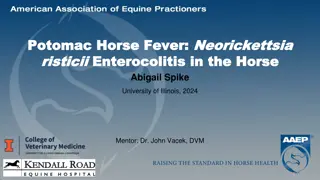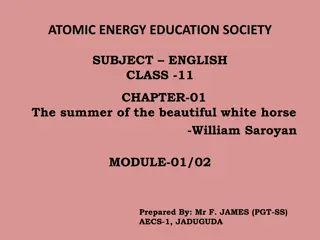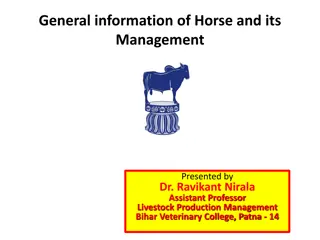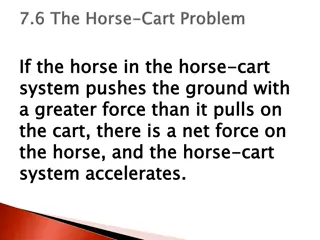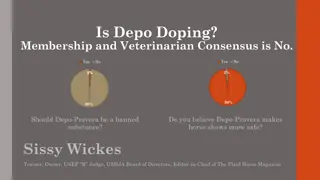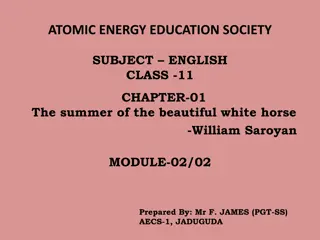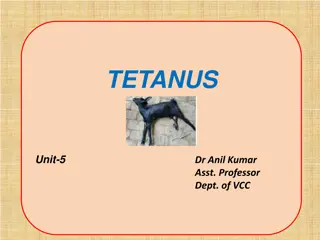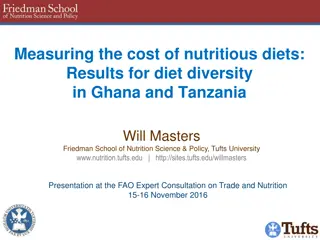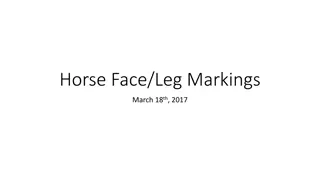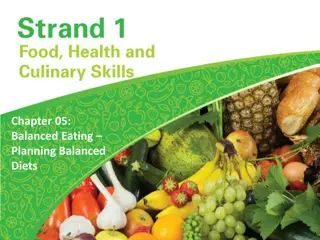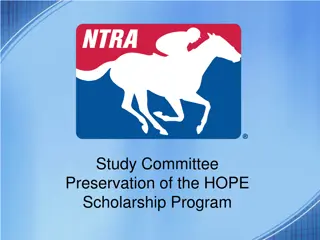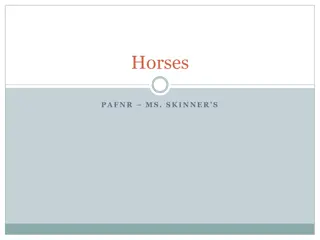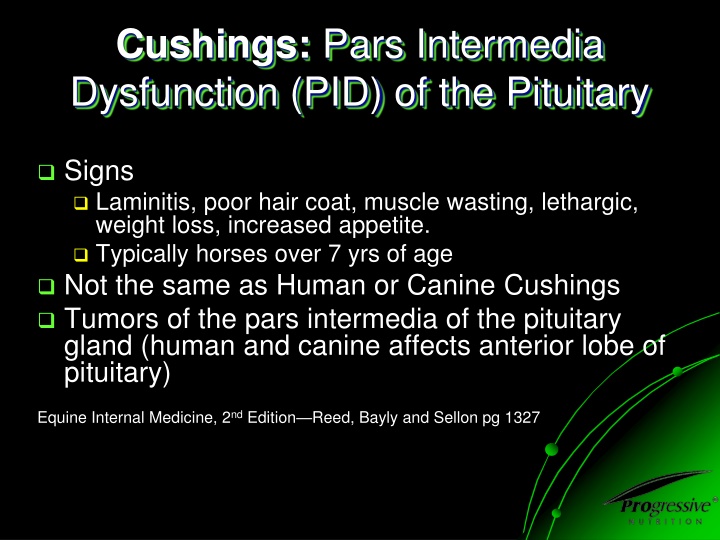
Equine Endocrine Disorders and Dietary Management
Learn about Equine Cushing's Syndrome, Equine Metabolic Syndrome, insulin resistance, and non-structural carbohydrates in horse diets. Discover how to manage these conditions through proper nutrition and limiting glycemic response.
Download Presentation

Please find below an Image/Link to download the presentation.
The content on the website is provided AS IS for your information and personal use only. It may not be sold, licensed, or shared on other websites without obtaining consent from the author. If you encounter any issues during the download, it is possible that the publisher has removed the file from their server.
You are allowed to download the files provided on this website for personal or commercial use, subject to the condition that they are used lawfully. All files are the property of their respective owners.
The content on the website is provided AS IS for your information and personal use only. It may not be sold, licensed, or shared on other websites without obtaining consent from the author.
E N D
Presentation Transcript
Cushings: Pars Intermedia Dysfunction (PID) of the Pituitary Signs Laminitis, poor hair coat, muscle wasting, lethargic, weight loss, increased appetite. Typically horses over 7 yrs of age Not the same as Human or Canine Cushings Tumors of the pars intermedia of the pituitary gland (human and canine affects anterior lobe of pituitary) Equine Internal Medicine, 2ndEdition Reed, Bayly and Sellon pg 1327
Peripheral Cushinoid Syndrome now called: Equine Metabolic Syndrome Signs Laminitis, hypothyroidism & obesity, normal haircoat, cresty neck No tumors No pituitary dysfunction Excessive Cortisol production Abnormal Energy Metabolism May be due to prolonged Obesity Results in hormonal imbalance that mimics true Cushings disorder More common mistakenly called Cushings Equine Internal Medicine, 2ndEdition Reed, Bayly and Sellon pg 1327 Johnson, PJ: The Equine Metabolic Syndrome (Peripheral Cushings Syndrome): (2002) Veterinary Clinics of North America: Equine Practice 18, 271-293
More Definitions Insulin Resistance: When normal insulin levels fail to elicit a normal glucose response (glucose removal from the blood) Specific Breeds at increase risk of developing insulin resistance include: All ponies, Morgan, Saddlebred, Spanish Mustang, European Warmblood
More Definitions Hyerinsulinemia: Abnormally high insulin concentrations often in response to insulin resistance, but can be due to feeding to much of high glycemic index feeds
Non Structural Carbohydrates (NSC) in Cereal Grain & Forages Organic acids, starch, sugar & fructan Organic Acids precursors of carbohydrates Sugars simple sugars or sugar chains Starch Glucose chain that is digested in the small intestine via enzymes. (ESC + Starch) Fructan--Water-soluble chains of fructose found with-in the cell contents of plants. (WSC + Starch) Broken down in the cecum and colon via microbial fermentation Unable to be digested in the small intestine
What do we do if your client has a horse with one of these problems? Limit glycemic response Anything that raises blood glucose Starches & Sugars from grains mixtures and forages Many sources and factors There is not one simple answer to solve this problem
NSCs in forage NSC defined as sugars + starch + fructans Plant Growth Basics: Photosynthesis creates sugars which if not utilized via plant during Respiration it is accumulated in the plants as NSC Photosynthesis creates sugars Sun Dependent Stops at Night Respirations uses sugar Temperature Dependent Slows as Temp declines Stops at Freezing
Forage Differences Starch & Sugar digested in Small Intestine glycemic response Fructan digested in Cecum no glycemic response, but may contribute to endotoxin release Cool Season Grass sugars, starch and fructans Warm Season Grass sugars and starch Legume (Alfalfa, Clover) -sugars and starch
Average NSC content in Forages Average 11.3 11.7 12.2 13.8 22 Range 9-14 5-18 7-17 9-18 15-29 Alfalfa Straw Beet Pulp Ave. Grass Hay Oat Hay Source: EquiAnalytical http://www.dairyone.com/Forage/FeedComp/disclaimer.asp
Factors Increasing Forage NSC Cool Season Grass Poor Fertilization, causing stressed plants Intense sunlight during growth or curing Frost Cut in the PM Fast drying
Managing NSC in the Diet Cereal Grain still biggest impact on diet Evidence that soaking hay can lower NSC Average of 31% reduction after soaking in cold water for 15 to 20 minutes Effect on remainder of Nutrition needs to be further evaluated Look at Forage after other factors are addressed
Impact of Cereal Grain is the Most Critical Factor Cereal grains (oat, corn, barley, wheat, rice) can be over-fed and cause an increase in glycemic response and/or acid gut syndrome.
Ave. NSC in Cereal & Protein Grains Corn Molasses (Liquid) Wheat Barley Oats Wheat Midds Rice bran Hi Pro Soybean Meal Extruded Soybean Beet Pulp Alfalfa Meal Soybean Hulls 73% 70% 66% 61% 54% 32% 21% 16% 14% 12.2% 9.2% 7.2%
More Definitions Glycemic Index: Index relating the glucose response of one horse to different feeds, using whole oats as 100. Corn 117 Oats and molasses 105 Barley 101 *Oats 100 Oats and Veg. oil 86 Alfalfa and molasses 85 Wheat 71 Vetch blend hay 53 Carrots 51 Wheat bran 37 Timothy hay 32 Alfalfa cubes 30 Alfalfa hay 26 Bermuda grass hay 23 Rice bran 22 Beep pulp 1
Client Approach Explain benefits of Glycemic Reduction Limit Cereal Grain First Address Forage as the final step Type of Forage, Grazing Times: (Spring & Fall) (Day vs. Night), Cutting Times of Hay






